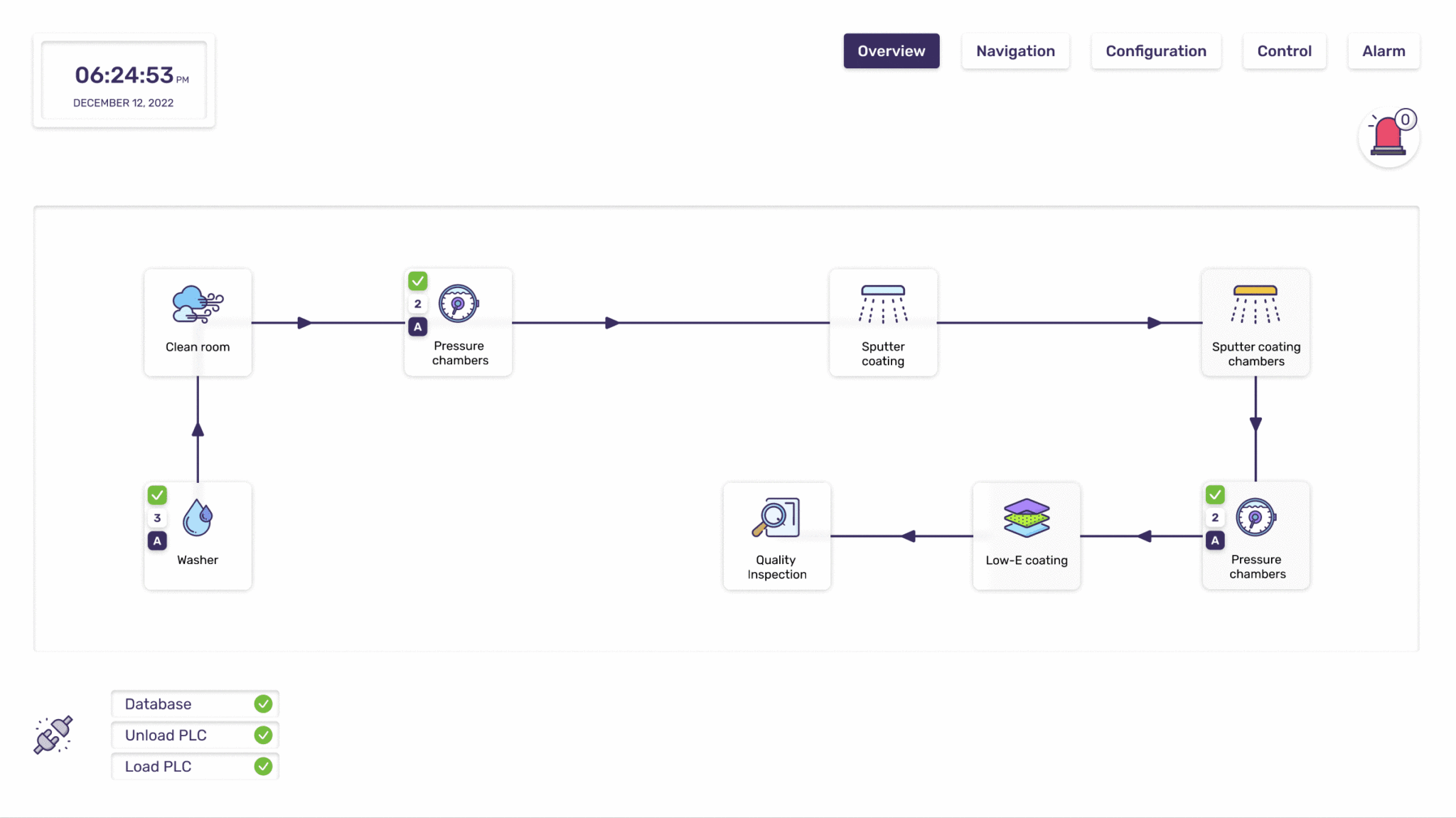Need
What are the limitations and technical requirements for the interface?
Does the interface need to be available for mobile devices and on what platforms?
Who is the target group for the interface and what are their requirements?
The need to design interfaces results from the fact that more and more areas of life are automated and require interaction with technological devices and systems. That is why, in order to enable users to use such devices and systems effectively and friendly, it is necessary to design interfaces that are easy to use and understand.
A well-designed interface should enable easy navigation, clear presentation of information and easy implementation of specific activities. Consequently, interface design is essential to improving the quality of life and enabling the effective use of technology.

